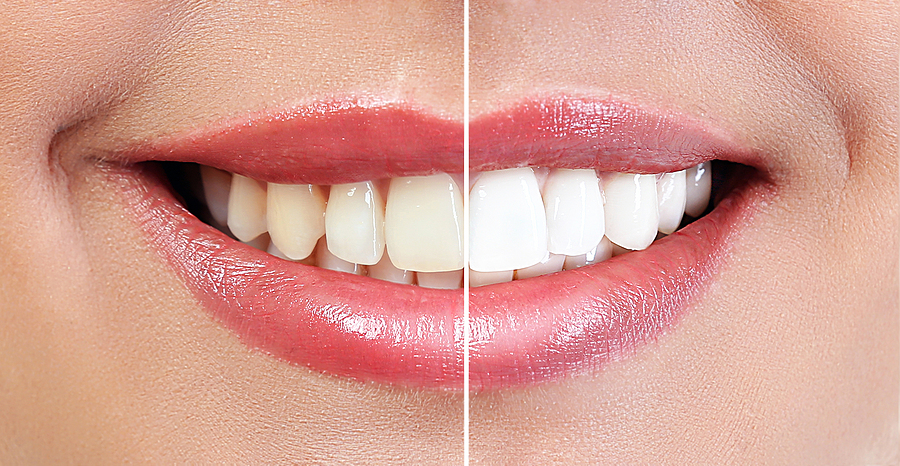Posted by Parke Rogers Dentistry on Jul 25 2017, 10:23 AM
Healthy teeth are important, but don’t overlook your gums. Gum disease affects almost half of American adults and can lead to many long-term health problems. Understanding the signs and symptoms of gum disease is the best way to insure you keep a clean bill of oral health.
Gum disease is caused by bacteria in the mouth that, over time, form plaque and tartar. Once tartar has formed, a professional dental cleaning is needed to remove it.
If too much tartar builds up, the gums may begin to shrink away from the teeth. Ultimately, this can lead to teeth breaking down or needing to be removed.
The first stage of gum disease is gingivitis, which is gum inflammation that results in bleeding. Often reversible, gingivitis can be treated with a combination of daily brushing and flossing, but only in combination with visits to the dentist for professional cleaning.
The second, more severe, stage is called periodontitis. This is when the gums begin to pull away, which leads to small pockets between teeth that become the perfect breeding ground for more bacteria. Periodontitis is a serious condition that requires extensive treatment.
There are many tell-tale symptoms of gum disease. Consider seeing your dentist and asking about treatments for gum disease if you have any of the following symptoms:
Gum disease is caused by excessive buildup of bacteria around the gum line. It is particularly likely to occur if you do not brush your teeth twice daily, floss regularly and receive dental cleanings every six months.
Some people are genetically more likely to have gum disease. Gum disease can also result from smoking, diabetes, certain medications, stress and grinding your teeth.
Caught early, your dentist will be able to treat gum disease with minimal discomfort. But as the disease progresses, more invasive treatments may be required. Some of the most common treatments for gum disease include:
Partner with Your Dentist to Prevent Gum Disease
A healthy mouth helps keep the rest of your body healthy. Luckily, the usual strategy for keeping your teeth clean — brushing, flossing, and visiting the dentist — is the best way to prevent gum disease, too. Whether you have early signs of gum disease, or if you want to be sure to prevent it, it’s imperative that you seek regular cleanings from your dentist.

Are Veneers Worth the Investment? Here’s What You’re Really Paying For

Do Dental Implants Feel Like Real Teeth? What You Need to Know

The Comprehensive Health Benefits of Investing in Cosmetic Dentistry

The Impact of Dental Implants on Jawbone Health & Facial Structure

Enhancing Your Smile with Cosmetic Dentistry in The Woodlands 77380
MON 7:30 am - 4:30 pm
TUE 7:30 am - 2:30 pm
WED - THU 7:30 am - 4:30 pm
FRI 7:30 am - 2:30 pm
SAT - SUN Closed